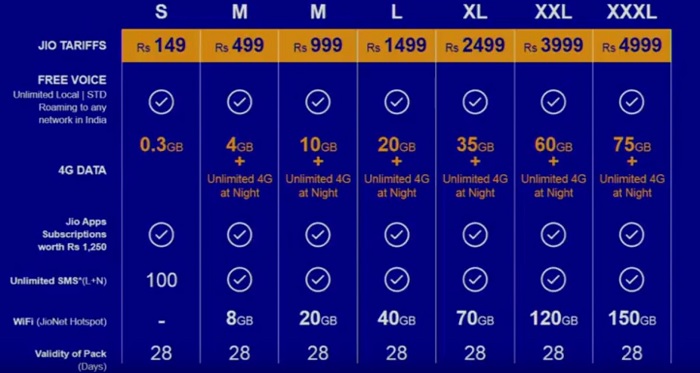What Aditya Nath's elevation means for the politics of our time.
When the most dominant political party of our times registers a massive electoral victory in India's largest province & appoints the polarising head of a monastic order as its Chief Minister, there can be no doubt about the direction in which the country's political narrative is heading.
I attempt to highlight here a few plots of this developing narrative.
Religious Animosity Will Be Rewarded: The appointment of the CM is a clear sign that promoting communal discord will not have an adverse effect on your political aspirations. Polarisation as an undercurrent is not new to electoral politics in India, but never before has a leader been so brazenly rewarded by his/her party for spreading perennial religious animosity & hatred.
A leader, they say, leads by example. If a CM is the leader of a state, which example worth following has Aditya Nath Yogi set for budding politicians other than: 'communal polarisation is electorally rewarding'. Doesn't his appointment despite the trajectory of his political career send out a clear message of rewarding religious animosity? Doesn't it openly ask others to emulate the actions & words of the pre-CM Aditya Nath for political rewards & advancement of their political careers?
A political atmosphere that encourages the propagation of religious animosity may help political parties yield electoral benefits but is sure to leave our social fabric threadbare.
Hindutva & Its Politics Are Here To Stay: It would be wrong to assume that future elections in our polity will be fought and won only on the development plank. In the foreseeable future, elections may be fought on the 'vikas' plank but will actually be won on Hindutva: Aditya Nath Yogi's appointment has made this a surety. If UP's new government fails to make an impression with its work till 2019 (the next LokSabha polls), Aditya Nath's face & speeches will be enough to get his party home in UP, atleast. While development may not reach each house in this short period, the CM's ochre robes will keep Hindutva very much alive in the minds of the voters. Since Hindutva is the BJP's insurance policy, Aditya Nath's appointment is the premium it needed to pay to prevent the policy from lapsing. Despite all the proclamations & hashtags about 'New India', good old Hindutva is here to stay!
Communal Friction & Skirmishes Will Become Banal: The appointment of Aditya Nath Yogi indicates the absolute disregard his party has for communal harmony. During his de facto rule over his parliamentary constituency of Gorakhpur, a locality called Ali Nagar was renamed Arya Nagar & Urdu Bazaar was rechristened Hindi Bazaar. But, these instances of assertive Hindutva had become banal & routine in Gorakhpur under the Aditya Nath regime. Are we on a similar path where incidents of communal tension will become so routine that they will no longer arouse us to seek remedial action?
In India, we've never cared much for the rights of an individual. Minor incidents of communal disharmony donot alarm us. Nobody cares about the long term repercussions or the need for trust-building between communities after such incidents. The normalisation of communal friction can be fatally dangerous for a society. A lynching here, a skirmish there: how is a society expected to function in such a scenario? Or does the ruling party not see us as part of a society but rather only as votes in different encashable vote-banks which can be encashed by introducing a little communal friction? Unfortunately, social & communal harmony is not electorally rewarding as communal tension. A peaceful society is Hindutva's graveyard and a polarised one is Hindutva's paradise.
@theworldlymonk






